
Physicians will only be able to trust artificial intelligence when it's transparent.

Physicians will only be able to trust artificial intelligence when it's transparent.
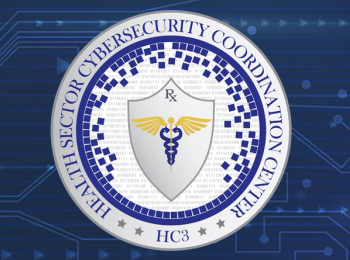
Claims about an attack this month are unconfirmed, but highlight vulnerabilities in computer networks and software.

Seeing a physician to be ‘easier, faster, more personal, and more convenient,’ CEO says.
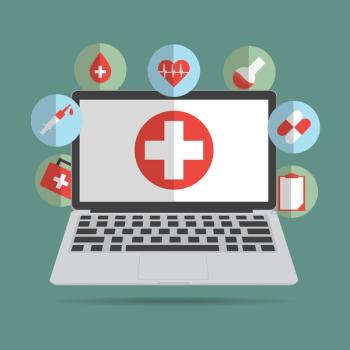
Use data to track how patients want to interact and how insurers will cover costs as 'hybrid' becomes the new normal.
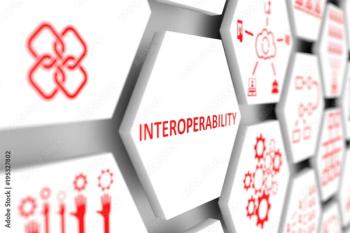
Approval of first TEFCA applicants marks important milestone in drive for universal data-sharing
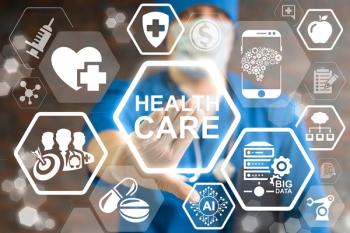
Focus is on improved patient outcomes, smoother administrative functions
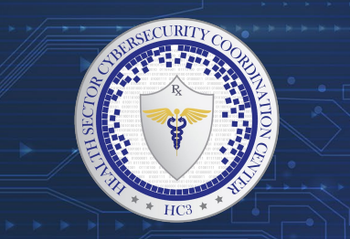
Hacking attempts set new record this month, according to government and industrial groups.
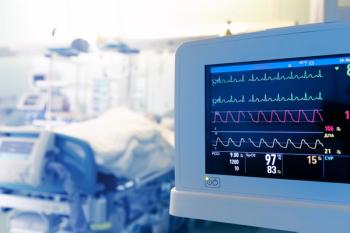
Study compares percussive tones to loud, flat, annoying alarms in health settings.

Health organizations commit to rigorous eligibility requirements

Digital monitoring of patients for routine care may have more benefits than first thought.

Leveraging AI to increase access to care and to personalize the patient’s experience.

Don't let the threat of cyberattacks derail your practice from harnessing the power of technology

Which of these top trends are you missing out on?

Analyst examines factors that leave industry sectors at risk.

Urgency growing as president announces end to COVID-19 public health emergency.

What are the most common coding mistakes physicians make?

Health care data breaches were up sharply in 2022. Here's how to keep your practice safe from attacks.

The technology has many applications in medicine, but hurdles to widespread adoption remain

Hospitals, school districts, financial firms, critical infrastructure are all among victims, according to the FBI.

Providers, health care organizations need to make sure their systems are able to exchange data electronically

Improving routine care management with automation and virtualization .

There’s no single solution, but physicians, nurses, and managers all have roles in recruiting and retaining employees.

Survey shows that consumers don’t have access to their medical records and have no idea where their data ends up.

Older adults are interested in results, but technology needs to stick and be easy to use.
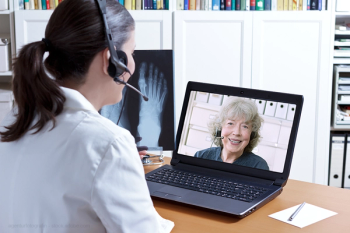
Benefit may lie instead in expanding access to health care services